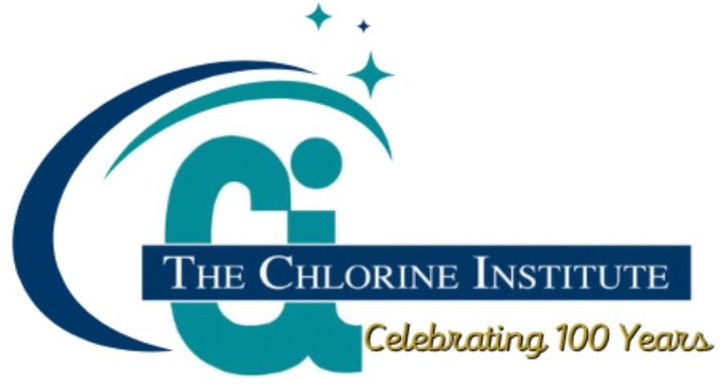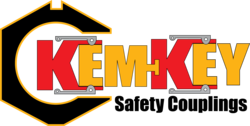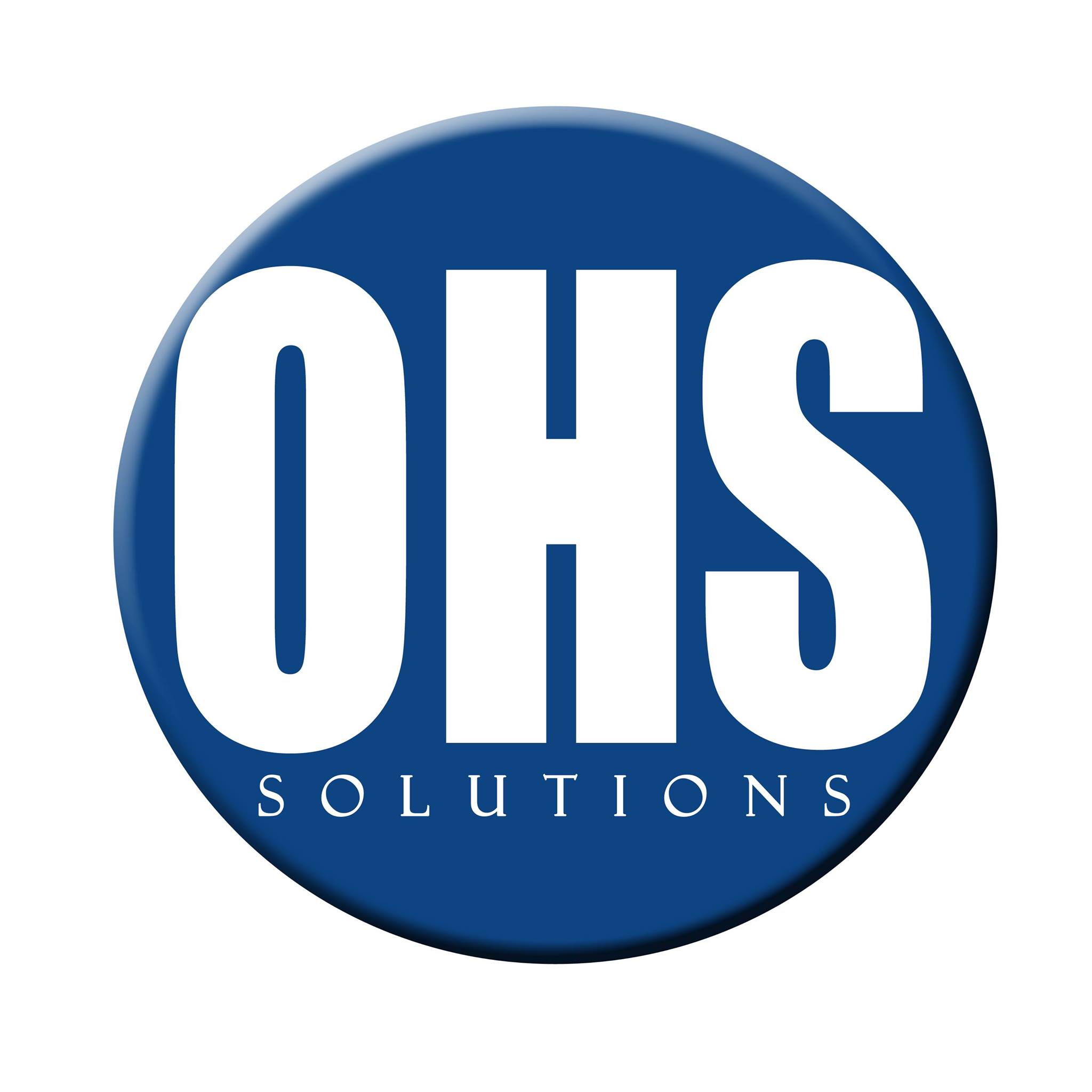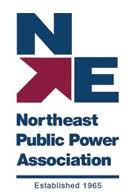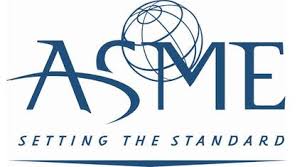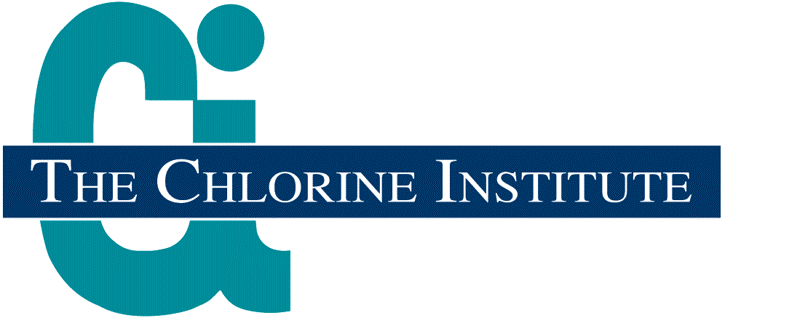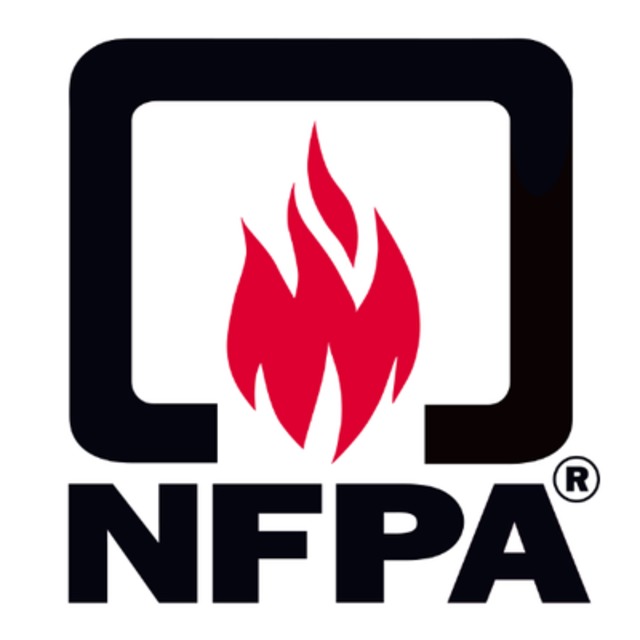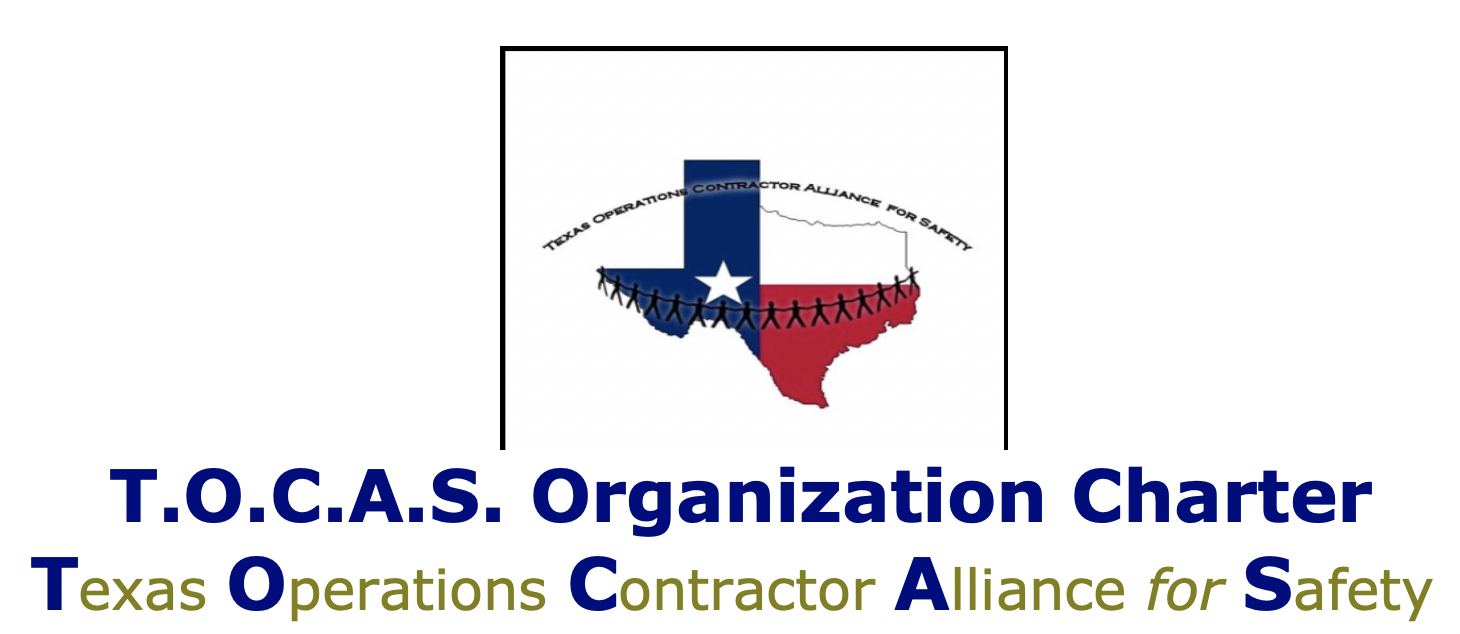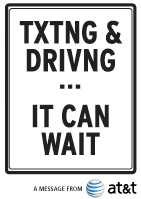Once again, a great friend and former colleague invited me to discuss safety and culture at his new workplace with his C-Suite team. As usual, he was spot on in his thinking about safety. He has been with this organization for nine months and has recognized that in those nine months, every aspect of the business has been discussed, except...
Yep, Safety!
This is a publically traded company but family-run. My colleague was hired after the son of the founder retired last year, and the board decided it was time for new leadership. He is part of this new leadership as the VP of Operations. I have mentioned this friend before in my writings as we go way back to my early days, and he was always supportive of my passion for safety and sort of took me under his wing and became a mentor and then a friend who I have had the great pleasure of working with for years now. He is a real leader in safety, even though he is a ChemE and always in operational roles. But he could teach my Process Safety courses with one arm tied behind his back!
The CFO opened the door to my visit when he mentioned that they had to increase their WC reserves (as they are self-insured). This increase was substantial, and he wanted to know how this could be fixed. So, since it was the CFO who was complaining about the cost of injuries and increased reserves, my friend wanted me to come and use the "bounced check" analogy so this "family member" could get a glimpse of safety management 101, something he had never heard of or even imagined in his wildest dreams.
Most of you have heard my "bounced check" safety analogy as it relates to "lagging indicators" (e.g., metrics) and how a business would have to be out of its mind to measure the financial health of the business by only counting bounced checks. Yet when it comes to safety metrics, many are just fine with measuring OSHA recordable rate, as if this is a viable sole metric to reflect the health and strength of a safety process/SMS. In this story, you will learn my other angle of how I get the C-Suite to recognize just how lost they are when it comes to managing their #1 mission - Safety.
Let me set the stage for how this went down:
Thousands of employees purchase supplies/equipment daily, and in the past 75 years, the company has never been late on a payment to a supplier or bounced a check. They are quite proud of this financial accomplishment—as they should be. This also translates to a near-perfect credit rating for this business. Yet their Experience Modification Rate (EMR) is 1.45 (e.g., the credit rating for worker compensation costs).
When I asked how they pulled off such an incredible feat - not one financial failure in 75 years? They were quick to point out, in great detail, all the controls (i.e., checks and balances - no pun intended) they have in their financial management system. I might add that they admitted that many of these controls are REQUIRED by the SEC for publicly traded companies. These government requirements were never stated to be a "waste of time" or a "government overreach"; instead, this group of executives had adopted these financial management requirements as the foundation for how the business manages its finances. And the management of their finances is very transparent at that!
So when I asked this same group to explain their safety management system (i.e., checks and balances in managing risks), the room fell silent for an awkwardly long time. Then the questions began; note, when they discussed their financial management system - they never missed a beat or had any doubt in what they were saying about their financial management system; so in the great form of being a true Haywood, I asked the following questions to break the ice...
Does that sign at the front gate say, "Our Finances are our #1 priority"?
What does this group parade around as the #1 priority of this organization?
Safety!
And yet here we sit with a 75-year financial record of near-perfect success using the ultimate lagging indicator of "bounced checks." Still, using the primary safety measure within the organization, we can not go two weeks without a lagging failure (recordable injury = "bounced check").
Why is that?
Well, it is simple:
In 45 minutes, this group of executives passionately and proudly explained to me, in great detail, all the financial controls in place to ensure this business does not bounce a check. Because everyone in this group understands these controls like the back of their hand (for fear of prosecution and a black eye on Wall Street), you have seen great success in your financial performance—one that everyone was very proud of.
However, when I asked this group to explain the same approach to managing "safety," not one person could explain safety management in the manner displayed when we discussed financial management. This is why the company can not go two weeks without a "bounced check in safety" (e.g., an OSHA recordable).
They get financially AUDITED quarterly before they release their numbers to Wall Street. No group member could tell me when the last safety audit was done at one of their locations. No one in the room knew that some of their higher-risk facilities must be audited every three years. Therefore, they have never asked about the results of these PSM/RMP audits, never once reviewed a PSM/RMP audit report, or asked the corporate EHS team for a trending analysis of how safety is performing. Only the HR leader knew what an EMR was and that a 1.45 is terrible. It had never even been discussed as a lagging metric. But the entire premise of my being there was because this company was "self-insured," and their reserves had increased significantly (i.e., a financial impact) because of their poor safety performance.
It's ironic, I know, but this is the world so many safety pros live in.
We need to play the game better and point out that the organization has a working example of a management system to control risks. It's just a matter of what matters to the organization as to how the safety of those men and women doing the dirty and dangerous work will be managed. Or we need to change our virtue signaling to "Our Finances are our #1 priority" from "Your safety is our #1 priority".
All that needs to be done is to look at safety through the same lens as the C-Suite looks at the company's financials. We need the same layers of protection for the workers as our checks are getting. You "balance the books" at least monthly - when was the last time this group ever asked about safety data other than the recordable rate?
When was the last time this group balanced the "safety books" to ensure the SMS was meeting expectations?
Until this executive group embraces this equal approach, safety will continue to write bad checks, and your #1 "customers" (i.e., the workforce) will continue to lose TRUST and CREDIBILITY in safety—regardless of the words spoken or the banners hung!
We can only help those who want to be helped. Luckily, this organization recognized it needed some help formulating a roadmap, starting with the C-suite's ROLE and RESPONSIBILITIES in a Safety Management System—exactly how they manage their money.
